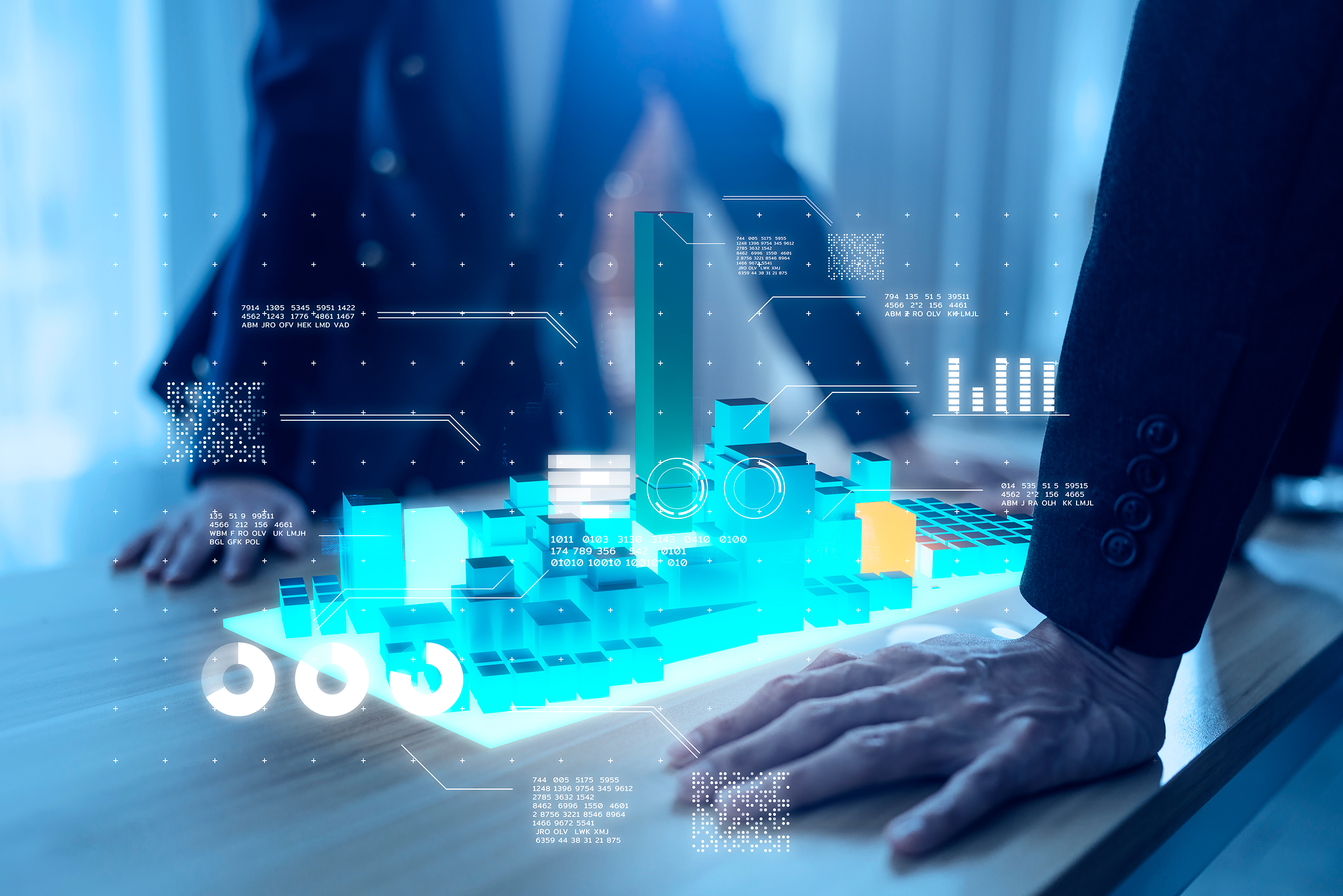
(To get this story in your inbox, subscribe to the TIME CO2 Leadership Report newsletter here.)
The so-called metaverse conjures images of gamers with headsets, friends hanging out in a virtual world, or perhaps even a new kind of online meeting. Nokia, however, is envisioning the metaverse differently. The company is putting what it calls the “industrial metaverse,” at the center of its corporate strategy. The goal is to help companies map out their industrial systems and determine the most efficient ways to operate them, saving costs, accelerating innovations, and—if used right—reducing emissions.
Utilities can use the industrial metaverse to repair facilities remotely, slashing emissions-intensive travel. Manufacturers can prevent machine downtime, cutting the emissions of having to build and operate backups. And transport companies can use the technology to better model their network, keeping unnecessary trucks in the garage and planes on the ground.
“Sustainability is the other side of efficiency and productivity,” says Thierry Klein, president of Nokia Bell Labs Solutions Research.
Nokia’s industrial metaverse business is just one example of the growing intersection between digitization and climate change. Over the past two decades, designing an appropriate response to the digital revolution has become a strategic imperative for companies—and, in many cases, a necessity for survival. As companies increasingly focus on climate change and how to decarbonize their own operations, digitization also offers an opportunity; and many large industrial firms that are attuned to their energy use are keen to do anything to contain those costs. Analysis released last year by the consulting firm Accenture found that digital technologies could quickly cut emissions in the energy, materials, and mobility sectors by up to 10%.
At the core of digitization’s impact on emissions is efficiency: these technologies can cut down on waste and reduce operating costs. This ranges from the relatively simple use of it to adjust lighting and temperatures in the office, to complex system modeling, as with the industrial metaverse. “Digital allows you to do things at scale, in a way that you couldn’t do in a traditional process,” says Aamir Paul, North America president at Schneider Electric.
But digital technologies come with their own climate risks, and executives and regulators need to be conscious about how to manage them. Companies like Amazon and Microsoft, for example, are using their cloud technology to help other businesses bring down emissions but also marketing their services to help oil and gas companies drill more efficiently.
And even digital programs designed to cut emissions have their own footprints. Enterprise technology alone is responsible for 1% of global emissions, according to data from McKinsey. AI, essential to programs like the industrial metaverse, takes energy, too. A paper from researchers at the University of Massachusetts, Amherst found that training a single AI model can lead to emissions equivalent to the lifetime emissions of five U.S. cars. “You have the promise of optimizing your system and improving your resource consumption, when you apply the AI engine,” says Klein. “But the AI engine itself will take away some of your gains.”
There’s also the challenge of convincing smaller firms and industries that use less energy to think of digital technology to cut energy waste. That’s where the climate case can come in. Cutting energy and other waste at, say, a hotel or shop will reduce emissions, potentially making the business more appealing to customers, including everyday consumers and big companies concerned with their own footprints alike. And such efforts will help companies get ahead of regulatory efforts requiring companies to implement climate disclosure rules.
Given the attention that digitization has received across industries over the course of the past several decades, it’s safe to assume that it’s somewhere on the mind of most business leaders. Now, it’s important that climate is considered in the same breath.
More Must-Reads from TIME
- Inside Elon Musk’s War on Washington
- Meet the 2025 Women of the Year
- The Harsh Truth About Disability Inclusion
- Why Do More Young Adults Have Cancer?
- Colman Domingo Leads With Radical Love
- How to Get Better at Doing Things Alone
- Cecily Strong on Goober the Clown
- Column: The Rise of America’s Broligarchy
Write to Justin Worland at justin.worland@time.com